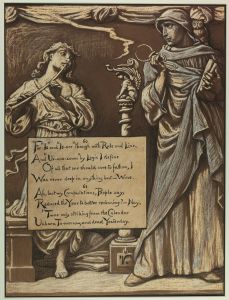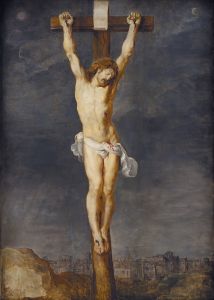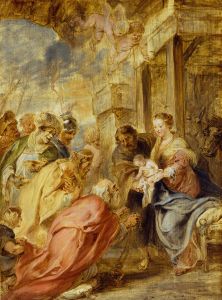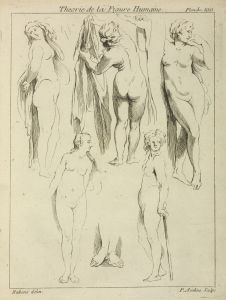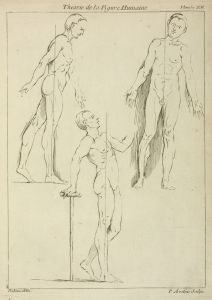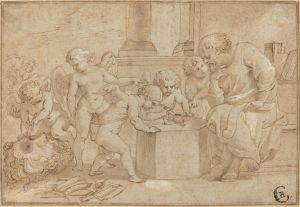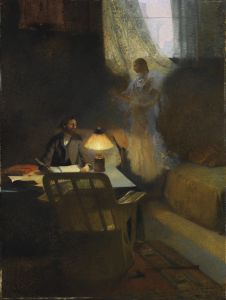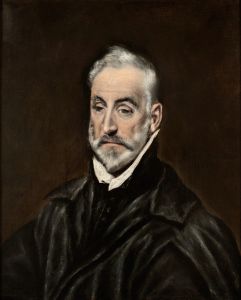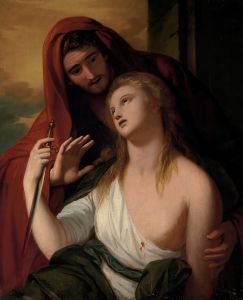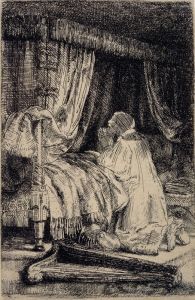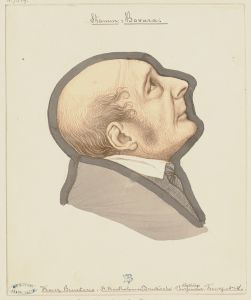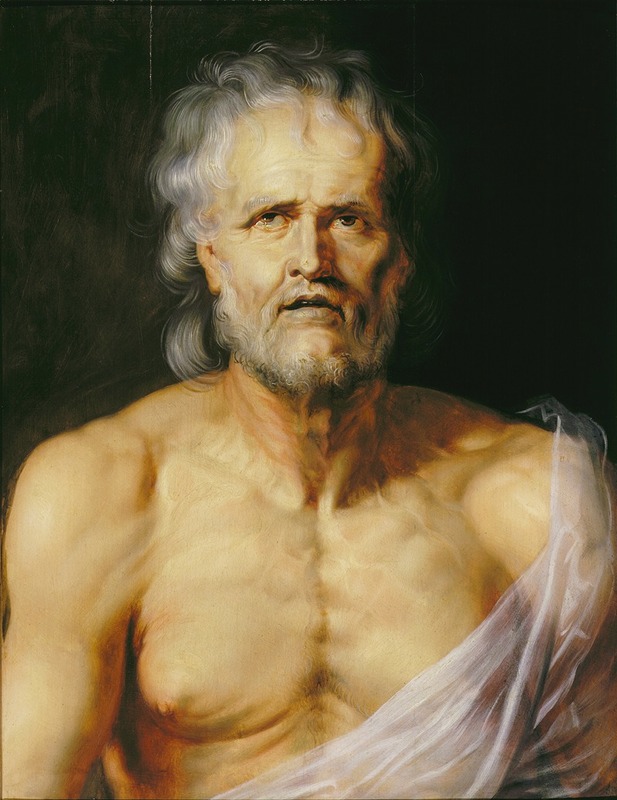
De stervende Seneca
A hand-painted replica of Peter Paul Rubens’s masterpiece De stervende Seneca, meticulously crafted by professional artists to capture the true essence of the original. Each piece is created with museum-quality canvas and rare mineral pigments, carefully painted by experienced artists with delicate brushstrokes and rich, layered colors to perfectly recreate the texture of the original artwork. Unlike machine-printed reproductions, this hand-painted version brings the painting to life, infused with the artist’s emotions and skill in every stroke. Whether for personal collection or home decoration, it instantly elevates the artistic atmosphere of any space.
Peter Paul Rubens, a prominent Flemish Baroque painter, is traditionally credited with the creation of the painting De stervende Seneca (The Dying Seneca). This artwork depicts the final moments of the Roman philosopher, statesman, and dramatist Seneca, who was ordered to commit suicide in 65 CE by Emperor Nero. The painting is notable for its dramatic portrayal of human emotion and physical suffering, hallmarks of Rubens' style.
The composition centers on the figure of Seneca, who is depicted as an elderly, emaciated man with a muscular yet frail body. His expression conveys a mix of stoicism and pain, reflecting the philosophical ideals of Seneca himself, who was a key proponent of Stoicism. The scene is rendered with Rubens' characteristic attention to anatomy and texture, emphasizing the vulnerability of the human form. The lighting in the painting is dramatic, with a strong contrast between light and shadow, drawing attention to Seneca's figure and heightening the emotional intensity of the moment.
Art historians have debated whether the figure of Seneca in this painting was modeled after a classical sculpture, specifically the so-called "Pseudo-Seneca," a Roman bust that was once believed to represent the philosopher. This connection underscores Rubens' deep engagement with classical antiquity, a recurring theme in his work. However, the exact identification of the model remains uncertain.
The painting is also significant for its broader cultural and historical context. Seneca's forced suicide was a well-known episode in Roman history, symbolizing the conflict between personal virtue and political tyranny. By choosing this subject, Rubens not only demonstrated his mastery of historical themes but also engaged with timeless questions about morality, power, and human resilience.
The exact date of the painting's creation is not definitively known, but it is generally attributed to Rubens' mature period, when he was at the height of his artistic powers. The work is currently housed in the Alte Pinakothek in Munich, Germany, where it remains an important example of Rubens' ability to combine classical themes with Baroque dynamism.
While the painting is often discussed in the context of Rubens' oeuvre, some scholars have questioned its attribution, suggesting it may have been created by a member of Rubens' workshop or another artist influenced by him. However, no conclusive evidence has been presented to settle this debate.
De stervende Seneca continues to be admired for its emotional depth, technical skill, and the way it captures the philosophical and historical significance of its subject.





